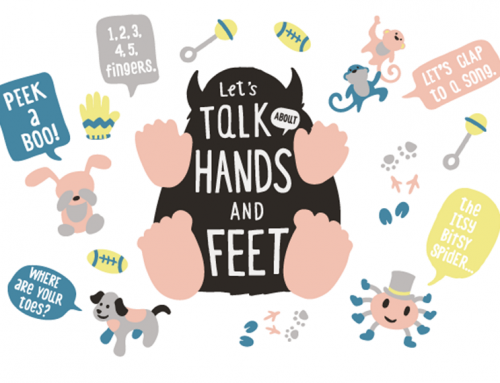Challenging behavior in young children often triggers strong reactions in parents and caregivers. When parents feel angry, overwhelmed, frustrated or embarrassed, it can be difficult to figure out what is driving a young child’s actions. Sometimes a child may even seem to be trying to get a rise out of their parent! But behind every child’s behavior is a feeling that they’re experiencing, too. When parents and caregivers learn to recognize the feelings behind their children’s behaviors, parenting is easier. Also, the more parents understand about their children’s behaviors, the closer they feel to their children and the better they can express care and love to them. Children who feel cared for and loved develop stronger social-emotional skills like confidence and self-esteem, which make it easier for them to manage their emotions so they can do better in school and beyond.
The behaviors babies and toddlers use to communicate with their parents and caregivers depend a lot on their age and development. Very young babies cry when they’re hungry, uncomfortable, or tired. As they get older, they learn to communicate using words, facial expressions, and gestures, too. By observing their children closely, and with a little practice, parents and caregivers can learn to translate the behavior they see—throwing food off a high-chair, for example, or having a tantrum when dropped off at child care. The effort to understand the feelings behind a child’s behavior can bring a parent and child closer, and help that parent teach their child the social-emotional skills they will need to learn and grow.






